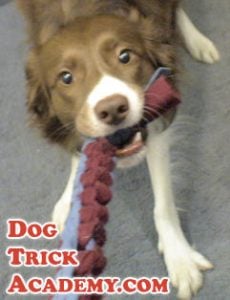It is truly amazing to see that all dogs from all over the world has learned to communicate with each other using a universal dog body language. Whether you are from China, Europe or Mexico, all dogs communicate the same way. They communicate their moods and feelings by giving out signals with their body.
An encounter with a dog can be a lovely experience or a very bad one and is totally depending on how well you interpret dog body language.
In this universal dog body language, postures and movements express mood, rank and intention. These are clearly understood by other dogs but they can be confusing to humans. For example, a dog that is wagging his tail does not necessarily mean that he is friendly. It could mean that he is afraid and hope that you don’t hurt him or it could mean that he is getting ready to confront you and might lunge and bite you if you get too close.
To know what a dog is trying to communicate, you will have to look at the overall dog body language. He will be giving multiple messages through his facial expression, his tail and the way he is standing.
Some breeds make it easier to recognize the dog’s body language. Dogs that have long and curly tails with pointy ears will be much easier to recognize than a dog with cropped ears or a docked tail.
Neutral State: A dog which is in a happy emotional state will be less tense than when he is in an alert or aggressive state. His tail is relaxed and wagging; his mouth is slightly open, which might look like a smile to us. His breathing is slightly energetic depending on how happy he is. The facial muscles and the ears are relaxed. If he is very excited he may jump, bow, growl or bark. But the playful growls and barks are given at a much higher pitch than the ones indicating aggression.
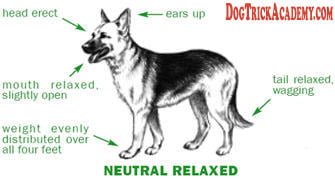
Submissive: In the universal dog body language, when a dog is frightened, he will try to make himself look as small as possible. They will draw back from anything confronting them, and they may even crouch on the floor. They will avoid any direct eye contact. In general, the tail is down or between the legs; they may lick their lips or nose in a nervous manner. As an extreme they might even roll onto their side or on their back to show their belly or even urinate.
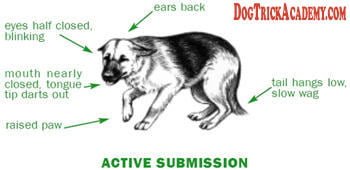
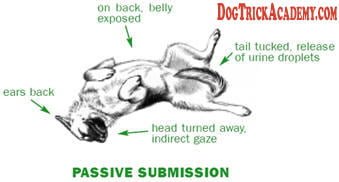
Aroused: An alert dog will have tense muscles, ears will be forward and the face will have wrinkles. His tail may be out straight and wagging slowly from side to side. It’s very important to understand that a dog may become aggressive quickly, or he might just be wondering who is approaching or what that weird noise was. Either way, it’s very important to approach an alert dog with caution.
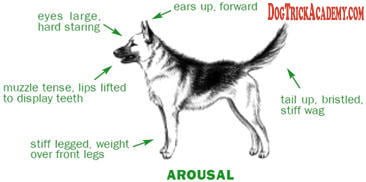
Defensive Aggression: When a dog is in a situation where he believes he might be in danger, he has two options; he can either fight or flee. When a frightened dog is approached by another dog, his natural instinct is to run away. But if he is on a leash, he isn’t able to run away and he becomes more fearful, and it usually results in the dog attacking the approaching dog. To the untrained eye, this might look like the dog is very aggressive towards other dogs, but he is actually afraid of the other dog and wasn’t able to back away. We call this fear-aggressive.
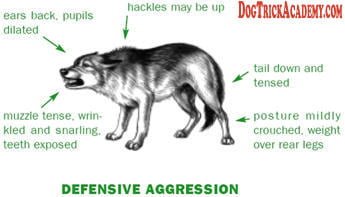
Aggressive Attack: On the other hand, the aggressive dog is much more likely to exhibit the fight instinct. Aggressive dogs will do everything to make themselves look bigger. They lean forward on their toes, they bare their teeth and their body and face stiffen, exhibiting very deep facial wrinkles. The ears move forward and the tail wags stiffly and slowly from side to side. And they stare directly at the threat.
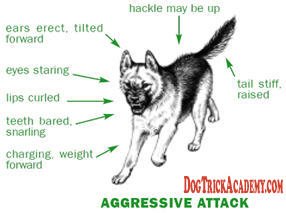
Overall, it is important to learn to understand dog body language so that you can respond accordingly to every situation.
If your dog is being submissive, then get him to change what he is feeling by going for a walk or doing something to boost his confidence. If your dog is emitting strong defensive aggression then you need to warn others that are in the same environment of what is happening. Just doing that alone can prevent a dog from biting someone.

 Hi everyone,
Hi everyone,

 Deciding to offer a home to a dog is a big decision. You’ll be committing yourself to taking care of an animal for the rest of its life. The needs of any dog must be met consistently to ensure that this decision to have a dog works out perfectly. Exercise, mental stimulation with positive reinforcement and health requirements all need to be taken into account when working out how to choose a dog with success.
Deciding to offer a home to a dog is a big decision. You’ll be committing yourself to taking care of an animal for the rest of its life. The needs of any dog must be met consistently to ensure that this decision to have a dog works out perfectly. Exercise, mental stimulation with positive reinforcement and health requirements all need to be taken into account when working out how to choose a dog with success.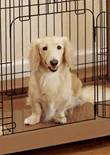
 The ultimate goal of crate training should be to provide your dog with a safe, cozy, and content environment that they can go to throughout the day and to sleep in at night. Once you acclimate your dog through crate training, it will also make it easier to travel and transport your dog to the groomer or the vet.
The ultimate goal of crate training should be to provide your dog with a safe, cozy, and content environment that they can go to throughout the day and to sleep in at night. Once you acclimate your dog through crate training, it will also make it easier to travel and transport your dog to the groomer or the vet.
 Are you a new dog owner looking for information on how to take care of a dog? I have written this short article specifically for you so that you can give him the care and love that he needs to thrive in your home and bring you as much joy as possible.
Are you a new dog owner looking for information on how to take care of a dog? I have written this short article specifically for you so that you can give him the care and love that he needs to thrive in your home and bring you as much joy as possible.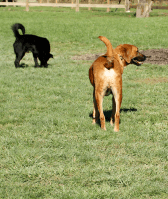
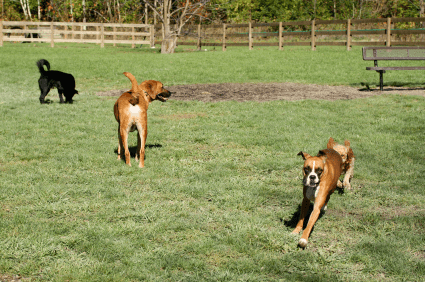 Your dog is learning each and every waking minute and maybe even when it sleeps. It may well figure out a good spot to sleep without getting disturbed. Either way, your dog will waste no opportunity in learning something; it knows no other way.
Your dog is learning each and every waking minute and maybe even when it sleeps. It may well figure out a good spot to sleep without getting disturbed. Either way, your dog will waste no opportunity in learning something; it knows no other way.
 Leashes come in many different materials. The most popular leash today is the nylon leash. Its low price tag, along with the variety of colors and designs makes it a popular item amongst dog owners. They are used in every day situations as well as dog training.
Leashes come in many different materials. The most popular leash today is the nylon leash. Its low price tag, along with the variety of colors and designs makes it a popular item amongst dog owners. They are used in every day situations as well as dog training. But for those of you who want the absolute best, the leash of choice is made of leather. These leashes are more attractive, but most importantly, they are superior in strength and are much easier to hold a grip.
But for those of you who want the absolute best, the leash of choice is made of leather. These leashes are more attractive, but most importantly, they are superior in strength and are much easier to hold a grip. There are also leashes made out of cotton, which are also easier on the hands than nylon, especially if the dog tends to pull. Cotton leashes can be bought in very long lengths, some up to 30-feet long, making them ideal for training outside or in any unenclosed outside areas.
There are also leashes made out of cotton, which are also easier on the hands than nylon, especially if the dog tends to pull. Cotton leashes can be bought in very long lengths, some up to 30-feet long, making them ideal for training outside or in any unenclosed outside areas. Retractable leashes have gained popularity in the last few years. They have a unique feature to extend and retract automatically while the dog moves around. This gives the dog more space and freedom to walk while avoiding the leash from getting tangled in his legs. These leashes are usually higher priced than regular nylon leashes.
Retractable leashes have gained popularity in the last few years. They have a unique feature to extend and retract automatically while the dog moves around. This gives the dog more space and freedom to walk while avoiding the leash from getting tangled in his legs. These leashes are usually higher priced than regular nylon leashes. When training agility equipment or any other activity that involves obstacles, it’s often recommended that people use a training tab or a short leash of about 8 inches long. The reason for using these short leashes is to avoid the dog from getting caught in the obstacles or in his legs, while still allowing you some control over the dog if the need ever arises. It is very useful when beginning training your dog as you can use the leash to lead him through an obstacle or catch him before he runs off.
When training agility equipment or any other activity that involves obstacles, it’s often recommended that people use a training tab or a short leash of about 8 inches long. The reason for using these short leashes is to avoid the dog from getting caught in the obstacles or in his legs, while still allowing you some control over the dog if the need ever arises. It is very useful when beginning training your dog as you can use the leash to lead him through an obstacle or catch him before he runs off.

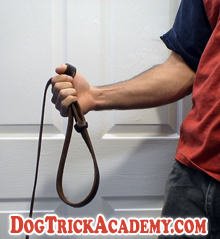
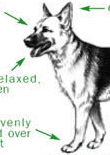






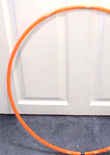


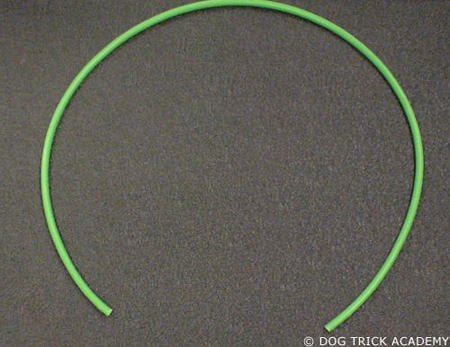
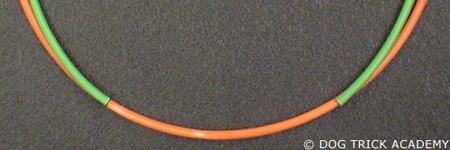
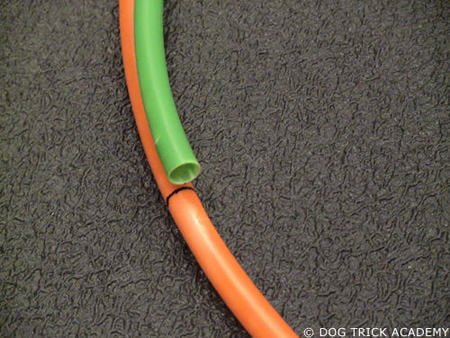
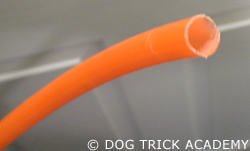

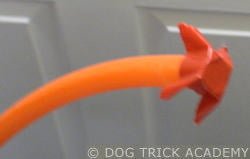 xxx
xxx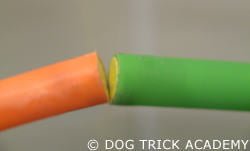
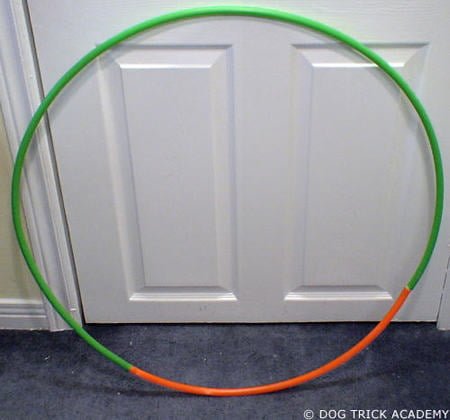
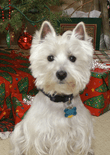
 Christmas can be a very hectic time for everyone as we are all busy during the holiday season with decorating, shopping, food preparation and hosting guests. But this time can also be stressful for our dog if he isn’t prepared to deal with the sudden changes during Christmas.
Christmas can be a very hectic time for everyone as we are all busy during the holiday season with decorating, shopping, food preparation and hosting guests. But this time can also be stressful for our dog if he isn’t prepared to deal with the sudden changes during Christmas.
 When choosing a material for your dog toy, make sure that you test its strength by pulling on each sides and look for rips. Some material will leave fuzz balls or fur all over the your floor. My personal favorite is pool table felt. Usually people will sell their used pool table felt because it is a little bit dirty, so you can purchase those for very cheap, for under $5. A pool table felt will allow you to make several dog toys.
When choosing a material for your dog toy, make sure that you test its strength by pulling on each sides and look for rips. Some material will leave fuzz balls or fur all over the your floor. My personal favorite is pool table felt. Usually people will sell their used pool table felt because it is a little bit dirty, so you can purchase those for very cheap, for under $5. A pool table felt will allow you to make several dog toys. Step 1. Start by cutting three strips the length of the fabric; make them as long as possible. Once the dog toy is finished it will only be about a quarter of the length of the strips.
Step 1. Start by cutting three strips the length of the fabric; make them as long as possible. Once the dog toy is finished it will only be about a quarter of the length of the strips. Step 2. Tie a normal knot at the top of the strips and make sure that it is very tight so that the dog toy doesn’t come apart once it is completed.
Step 2. Tie a normal knot at the top of the strips and make sure that it is very tight so that the dog toy doesn’t come apart once it is completed. Step 3. Take the knot in your hands while the strips are hanging off your hand.
Step 3. Take the knot in your hands while the strips are hanging off your hand.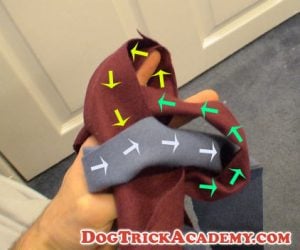 Step 4. Take the strip that is the farthest away (yellow arrows) from you and bring it over towards you. Then take the left strip (blue arrows) and bring it over the middle strip. Then take the right strip (green arrows) and bring it over and under the two strips.
Step 4. Take the strip that is the farthest away (yellow arrows) from you and bring it over towards you. Then take the left strip (blue arrows) and bring it over the middle strip. Then take the right strip (green arrows) and bring it over and under the two strips. Step 5. Tighten each strip equally and you will have your first knot. The tighter you make your knots the harder the dog toy will be, but if you tighten it lightly, the dog toy will stretch while you tug.
Step 5. Tighten each strip equally and you will have your first knot. The tighter you make your knots the harder the dog toy will be, but if you tighten it lightly, the dog toy will stretch while you tug. Step 6. Repeat the same thing over and over until you have the desired length. Above is a picture of a few knots done in a row.
Step 6. Repeat the same thing over and over until you have the desired length. Above is a picture of a few knots done in a row. Step 7. When you are finished, complete the dog toy by doing a final knot at the end. The final knot is exactly like be beginning knot. There are alternative patterns to knot your dog toy so that it goes in a spiral. I will write more tutorials in the future.
Step 7. When you are finished, complete the dog toy by doing a final knot at the end. The final knot is exactly like be beginning knot. There are alternative patterns to knot your dog toy so that it goes in a spiral. I will write more tutorials in the future.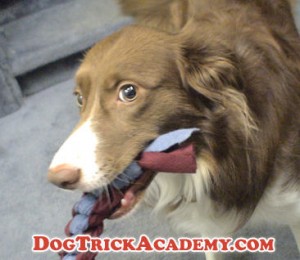 Here are two pictures of my dog Chase tugging with hew new dog toy. She really loves it!
Here are two pictures of my dog Chase tugging with hew new dog toy. She really loves it!